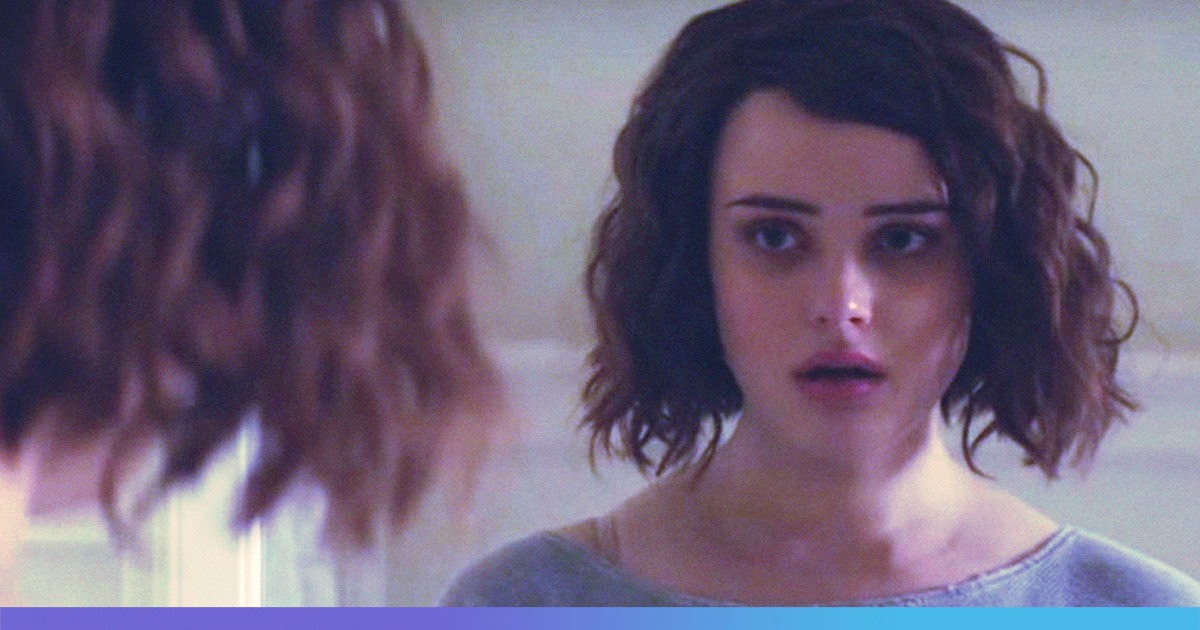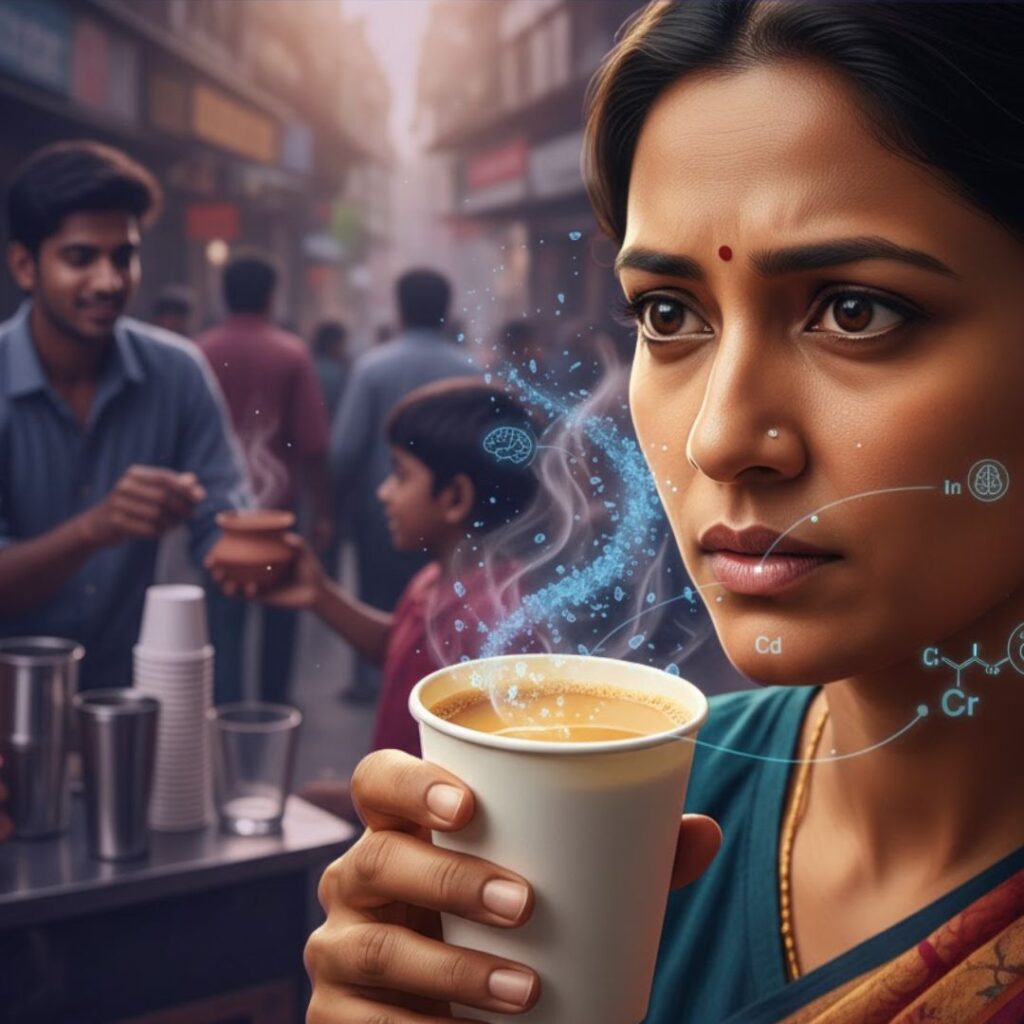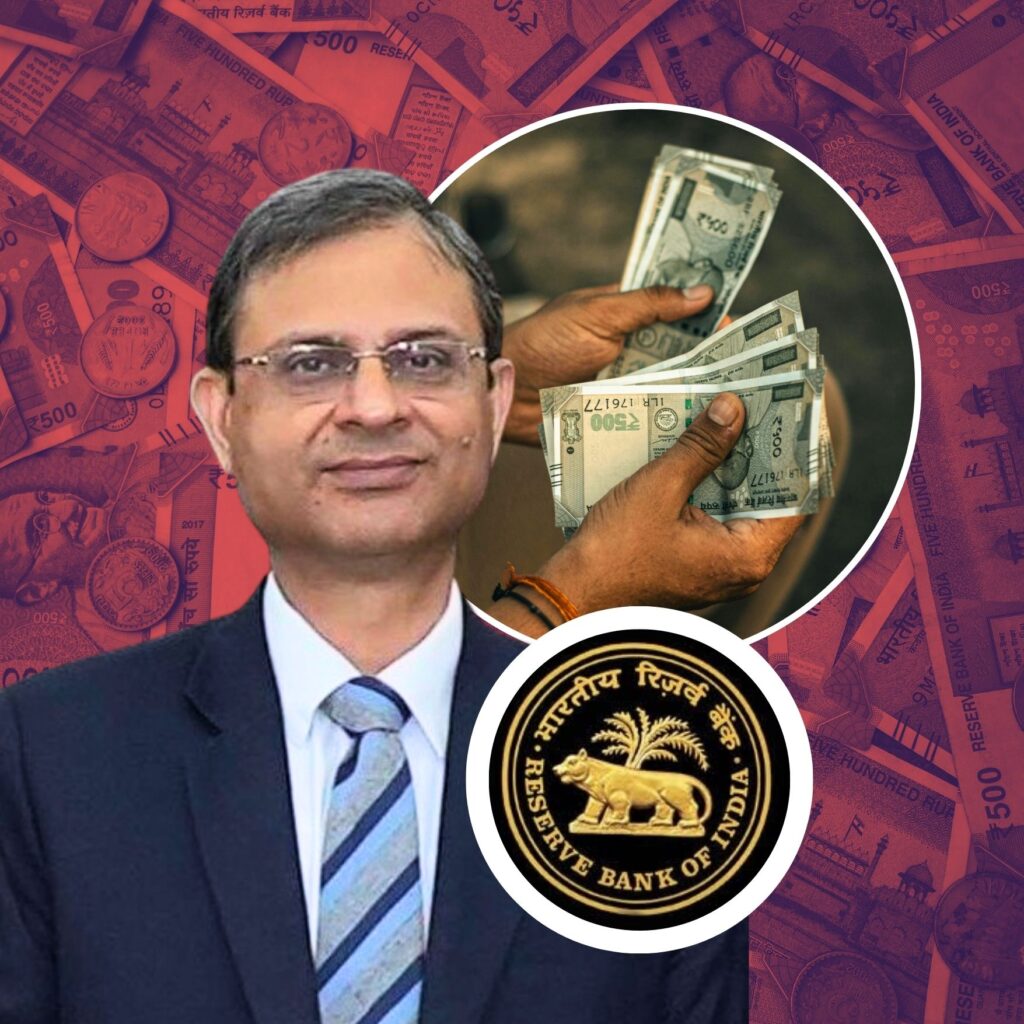Fans of the popular series 13 Reasons Why are hooked to their seats as the third season of the show is currently streaming on Netflix. With our beloved characters back on screen, it is hard to put the phone or the laptop aside.
All our precious characters are back. Except for our dearest Hannah Baker.
For those who are not familiar with Jay Asher’s story, which was later adapted into a TV series, let us talk a little about Hannah.
Who Is Hannah Baker?
A series of traumatic events in Hannah’s life pushes her to commit suicide. Hannah was a troubled girl dealing with rumours, bullying and disappointment in relationships. High school took a toll on her mental well-being with a number of events directly affecting her, including sexual abuse.
Hannah Baker, towards the end of season 1, is raped by her senior, Bryce Walker.
When she approaches her school counsellor Kevin Porter, he fails to extend the help she needed. Unable to carry the load of hopelessness on her shoulders, Hannah kills herself.
Before she dies, she leaves behind 13 audio tapes for a number of her classmates, stating 13 reasons why she killed herself.
But while netizens, on one hand, were obsessed with the show and loved how it started a conversation around a topic that is stigmatised by society, there was another group of people who were deeply annoyed with the show.
Why?
Hannah Baker’s Suicide Scene
There is a little bit of Hannah Baker in all of us. She specifically represents people battling depression and other mental illnesses, and are unable to talk about it or seek help.
However, the reason for concern among a lot of people was the suicide scene, and without a doubt, it was extremely graphic. Hannah slitting her wrists was difficult to watch and even more difficult to forget.
It was a reminder of the extreme pain that Hannah had to go through that prompted her to take such a drastic step. In fact, research found a sharp rise in suicide rates among children and teens in the month after the show was released in 2017.
More than two years after the show aired online, after the scene was met with a strong backlash from mental health experts, Netflix finally deleted the scene a few months ago.
With September 10, World Suicide Prevention Day just gone by, The Logical Indian spoke to a number of people to understand the impact of sensitive content in pop culture on viewers.
What Are Viewers Saying?
25-year-old Ahana Bose, a journalist from a media house in Kolkata, says, “From Jay Asher’s book to the Netflix adaptation, 13 Reasons Why always depicted how far-fetching the consequences of a mental wound can be. Hannah’s suicide scene was definitely uncomfortable, but that’s the reality. If we go through the chain of events that Hannah had to go through, the ultimate suicide scene in fact portrayed the intensity of her pain – a saturation point from where there’s no coming back.”
“Well, about deleting the scene, I am saying this despite battling mental health issues myself, it is uncomfortable but that’s the point. We all should feel uncomfortable before pushing someone to the edge of the abyss, and we should all concentrate on how we can stop attending the funerals of real Hannah Bakers,” she adds.
30-year-old Bill Denn from the US believes that there was no point removing the scene as people can always choose to watch or not watch what is about to come. “I think each individual has had different experiences in their lives, and that makes scenes like the one with Hannah’s suicide affect everyone differently,” he says.
“People knew what they were getting into when they clicked the play button. The scene, as graphic as it was, is nothing compared to scenes of gore that can be found in other movies on Netflix right now. People need to realize they have the option to not watch the series and they have the option to control what their children watch,” he adds.
On the other hand, there are people who believe that the scene was unnecessary.
“There is no need to portray suicide graphically. Youngsters have the tendency to imitate whatever is shown to them packaged as entertainment. It can become risky for people who are suicidal or people who suffer from anxiety, depression, PTSD, or have a vulnerable state of mind. What we need to focus on are the causes and issues that are forcing more and more people to take their lives,” says Adrija Bose, 31, SRF, ISI Giridih.
Ronit Chowdhury, a student studying chartered accountancy in Kolkata, thinks otherwise. “I don’t think deleting the scene was the right decision as it took away a bit of the reality from the show. The scene was very important to inflict Hannah’s pain in the mind of the audience. By taking it down, the impact that the scene is supposed to create on people for them to understand the importance of dealing with mental health issues got diminished,” he says.
Nelson Vinod Moses, the founder at Suicide Prevention India Foundation, believes that the scene should not have existed in the first place.
“Someone who is similar in age as the protagonist and has also been bullied might start identifying himself or herself with Hannah. Since teens are particularly impressionable, they might conclude that suicide is an option. It is triggering for anyone who has had suicide ideation, made an attempt to die, or has lost a loved one to suicide. It can also lead to copycat suicide attempts,” Nelson, 43, says.
Johnson Thomas, Director of AASRA, a Mumbai-based mental health NGO, says that it is harrowing that such an act was so graphically portrayed. “Imagine what goes through a person who is already suicidal when he or she watches the scene. It is highly likely that if you show them how to do it, they will go ahead and try. It is a huge trigger for anyone who is vulnerable,” he says.
What Are Mental Health Experts Saying?
Viewers had a lot of different opinions on the scene. However, to better understand the importance of the effect of pop culture on especially those who suffer from mental health issues, The Logical Indian spoke to a few mental health experts, focusing on Hannah Baker’s suicide scene.
“People can be affected by any kind of disturbing content in media. An astounding number of U.S. college students report that they have experienced mild traumatic symptoms such as sleeplessness, anxiety, and intrusive thoughts as the result of seeing violence or other forms of horror in movies. I think that suicidal thoughts are tremendously upsetting and seeing a graphic dramatization of a suicide can be especially traumatic for them,” says Christopher Kilmartin, Ph.D, Independent Consultant, Professor Emeritus of Psychology, University of Mary Washington.
“Also, many people have loved ones who have attempted or committed suicide and these scenes could trigger acute grief reactions and/or survivor guilt. When a person decides to watch something, it becomes difficult to turn back immediately upon seeing or hearing a disclaimer. Moreover, they may not even pay attention to it,” says Christopher Kilmartin, Ph.D, Independent Consultant, Professor Emeritus of Psychology, University of Mary Washington,” he adds.
Salony Priya, psychologist, founder of Ummeed, a multi-speciality mental health centre, says that suicidal ideation happens with a complex mingle of some critical incidents, people’s response or provocations to that incident, erosion of self-esteem, self-generated thoughts, and past experiences.
“A graphic glamourised visual of the process shown on screen might not generate empathy for the prevention of suicide. Rather, it might create a version that will have a strong influence on people. Such images might create pain, disturbing thoughts and a deep sense of helplessness. Any serial created to generate awareness on prevention of suicide, especially for teenagers, should focus on preventive factors,” she says.
Joel Dvoskin, PhD, Tucson, Arizona, echoes her views.
“I can share with you a rather obvious hypothesis,” he says. “We have known for a long time that suicides among friends and family are risk factors for suicide. We also know that highly publicized suicides by celebrities (e.g. Robin Williams) cause the suicide rate to go up shortly after the celebrity suicide. In my clinical opinion, the reasons for this relationship are clear: When someone we know ends their pain by taking their own life, suicide becomes a more viable “exit strategy” for us. We know our family members and friends, and we know celebrities such as Robin Williams because they are so familiar to us. They are literally in our living rooms (albeit on TV) and they make us laugh and cry. We feel that we know them and that we are close to them.”
“In the case of 13 Reasons Why, the teenage girl lists 13 specific reasons why ending her life seemed like the only solution to her pain. Other teenagers watching this story undoubtedly share at least some of the 13 reasons, so you can see why this might encourage them to seek a similar solution to their despair,” he adds.
When we watched 13 Reasons Why, many of us loved it because of how beautifully the characters were built. From Hannah Baker to Clay Jensen to Justin Foley, all the characters have become no less than our next door neighbours.
Mental health experts do have a point. Graphic depiction of violence or suicide may act as a trigger for those going through mental health issues, so it is probably more advisable that we deal more with how to prevent suicides rather than how to commit suicide.
On the other hand, we must do our bit to ensure that our loved ones do not meet the same fate as Hannah Baker. No one should be pushed to the edge from where death seems to be the only option left.
Let us stop being the reason behind someone’s despair, and be the reason why someone wants to stand back up and face life again.
Let us assure the Hannah Bakers around us that there is always hope, and it will get better.
Also Read: How Depression & Other Mental Illnesses Consumed Characters Like Lady Macbeth, Snape & Hannah Baker












